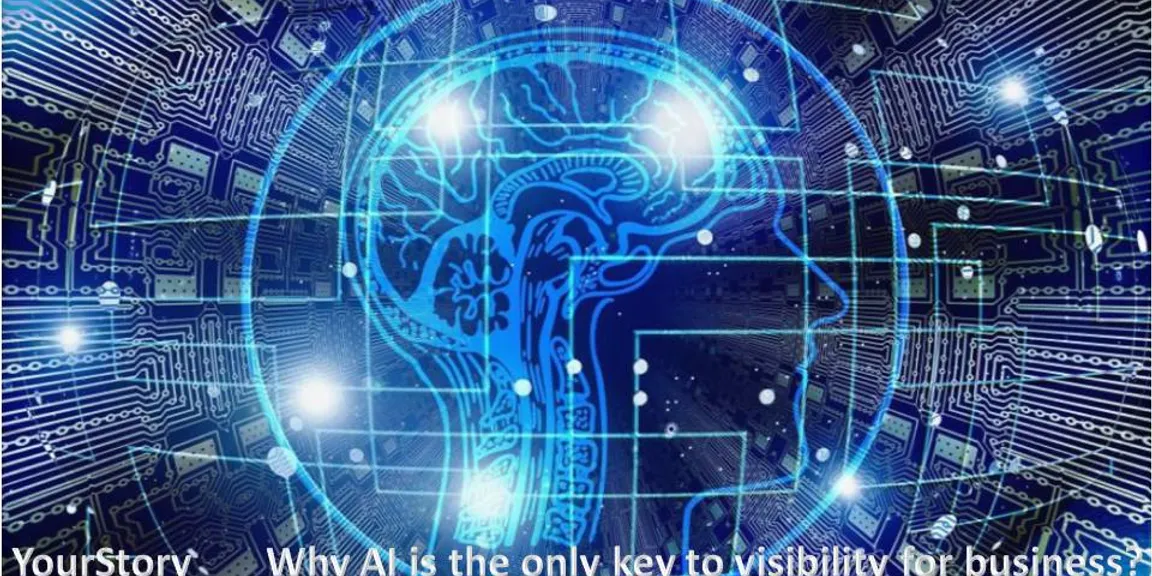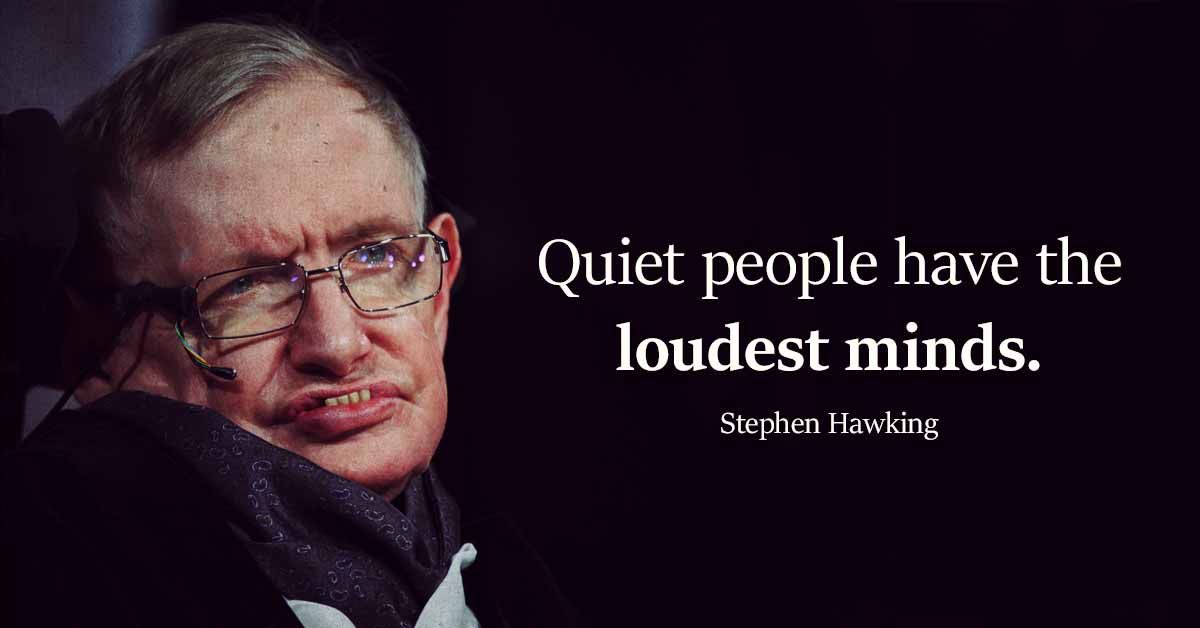

Why Artificial intelligence is the only key to visibility for business?
Dynamic Creative Optimization is one of the hot topics in online marketing, as it is considered an effective tool to really engage users with the right advertising message. The discipline is a prime example of how Artificial Intelligence can enrich marketing.
The classic banner has had its day. In order to generate relevance for the user, advertising media must be adapted to the individual usage situation. That can map algorithms. Just as great as the potential that AI has for the creation of advertising materials, however, are the challenges that must be overcome in the integration of technologies.
In the adtech industry, the buzzword "Artificial intelligence" is used almost inflationary and has supposedly become a must-have. Just for marketing reasons and true to the motto "Artificial intelligence sells" many technology providers label their automated advertising solutions as Artificial Intelligence. It remains completely unclear how complex the technology behind it really is.
There is no universal definition of Artificial intelligence. Similarly, to date, there are no common standards that would dictate what a smart algorithm must do. The AI Buzzwording also seems to cause great uncertainty in advertisers.
According to a study by SHR Hochschule Berlin, 80 percent of surveyed marketing managers rate the use of Artificial intelligence in marketing as crucial to their success, but only about 7 percent are dealing with it intensively and thus leave much potential behind. The fact is: automation helps to make advertising media better.
Better in this context means more relevant to the users. Relevance arises through personalization. And that is precisely the potential of Artificial intelligence for video and display campaigns. A large majority of consumers would like companies to communicate with them individually and offer relevant buy recommendations.
In the digital attention economy, the user's attention is the most important currency and the biggest challenge for companies. Only what is interested is seen. To make matters worse, on the one hand, the supply of online content is growing steadily, but the attention span of users on the other side is steadily shrinking. Contents must be convincing at first glance and, above all, relevant.
Text therefore loses importance. Images and videos are ideal vehicles for advertising messages in a digital and increasingly visual world. Relevant is an offer especially if it offers the user an added value in his specific usage situation. Channel-related advertising media are long outdated. Instead, marketers should always tailor their creatives to users' needs and address them with individual messages.
This works with dynamic advertising optimization. Instead, marketers should always tailor their creatives to users' needs and address them with individual messages. This works with dynamic advertising optimization. Instead, marketers should always tailor their creatives to users' needs and address them with individual messages. This works with dynamic advertising optimization.
This is where the interface between Artificial intelligence and creation lies. Dynamic Creative Optimization (DCO) allows advertisers to tailor their creative to different targeting criteria for a hyper-personalized user experience. For example, depending on the gender, marital status or region of a target group, creatives or content of a creative can be automatically exchanged.
To illustrate this, the creation would have to individually design all advertising materials and build them for various display formats. What the creatives - the people - associated with countless iterations and tests and realistically could not be achieved, takes over the Artificial intelligence.
For the performance of a campaign, it does not matter if it wins a creative prize, but what it achieves. Artificial intelligence should not make marketing more creative, and it can not do that. Rather, the power and value added of Artificial intelligence lies in capturing, sorting, and analyzing vast amounts of data that millions of Internet users leave the Web, day in, day out. Based on these analyzes, algorithms recognize patterns and can decide in real time which user in which context should be played which creative variant.
Data is the fuel of every Artificial intelligence. The automated adaptation of dynamic display campaigns is based in particular on behavioral and contextual information. Geo-targeting is also suitable for DCO. On the basis of the location data of a user, the advertising medium can, for example, be adapted linguistically to regional characteristics or point the user to the nearest offline touch point. In addition, macro factors such as weather or seasonal events play an important role.
Beyond smartphones and desktop PCs, data-driven display campaigns will become more important. For example, more and more people have networked TVs and consume content through streaming services. This opens up an additional play surface for dynamic creatives. In the future, TV spots could also be strongly personalized using Artificial intelligence. It is also conceivable that personalized advertising will also find its way into pedestrian zones and adapt an Artificial intelligence out-of-home campaign to individual passers-by passing a digital billboard.





